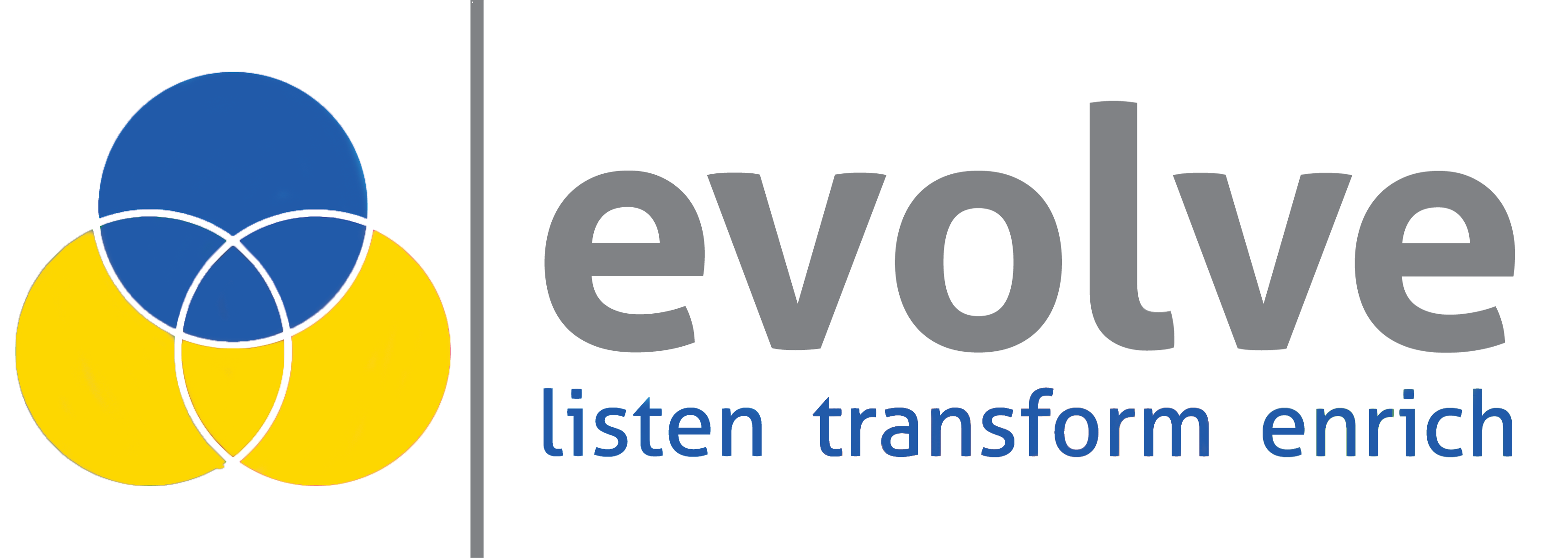Crowdfunding has grown into a viable platform for small companies to raise significant sums of capital from future customers, lenders, and a variety of minority investors (aka contributors). This approach helps accelerate project development and time to market by enabling rapid access to much-needed technology resources.
In recent years, especially during times of economic downturn, crowdfunding has grown increasingly popular among startups.
Crowdfunding effectively bypasses the banks and all the red tape that goes with it. In this scenario, the money is available within days rather than weeks or months.
The most popular types of crowdfunding are as follows:
- Equity-based crowdfunding
- Debt-based crowdfunding
- Donation-based crowdfunding
- Loan-based crowdfunding
- Reward-based crowdfunding
Top crowdfunding platforms in the UK are as follows:
Several crowdfunded projects have now grown into multimillion-dollar companies. The most notable ones are Bragi, Oculus, Pebble (now acquired by Fitbit), and SkyBell.
Research suggests that the transaction value of crowdfunding will reach $58.6 million this year. By 2024, the transaction value is expected to grow at a CAGR of 3.1%, resulting in a projected value of $66.3 million.
Furthermore, the average funding attracted by a crowdfunding campaign is approximately $14,707 in 2020. This means that once businesses backed by crowdfunding accumulate the necessary capital, they have to get smart and creative to achieve their goals within budget.
The best approach here is to leverage tech partnerships to fill the skills gap and accelerate time to market. After all, the longer you take to get your product out there, the higher the risk of a competitor delivering a similar solution before you, taking over the marketplace.
Successful tech partnerships can take two forms:
- A managed project that delivers a bespoke turnkey solution;
- An Extended Agile Team (nearshore augmented staffing) solution.
Check out our exclusive Startup Growth Platform and access a range of value-added solutions for absolutely free!
Bespoke Software/Turnkey Solutions
If you’re a startup that just got funded, you might not have the necessary team on board to start working on the project. If crowdfunds are all you’re working with, you might not have the required resources to hire software engineers in your city or country.
The best way forward is to go with a turnkey project delivery model whenever this is the case. So while the experts work on building your digital product, you can focus your energies on future product promotion, pitching, and more.
When small companies use this method of managed project development, the process starts with an in-depth discussion with your third-party software development partner. You can go over the problem you’re trying to solve, how you’re going to do it, and the user experiences demanded by the target audience.
Once the build has started, you’ll pay for the functions and features that are successfully delivered. One of the primary advantages here is that your end product would have gone through extensive testing.
Your partner will also continue to provide operational support once the turnkey solution is live in the marketplace. However, how long depends on your Service-Level Agreement (SLA).
Extended Team Solutions
If your business already has an expert team of developers in-house, you can start focusing on building core parts of your digital product immediately. However, some parts of the development process can be outsourced to extended team nearshore to cut costs (and accelerate deliveries).
To ensure successful outcomes, this approach demands excellent coordination from the project manager or the product owner. It’s critical for both internal and external teams to maintain the same development pace and code towards the same goal without unnecessary conflicts.
So make sure that you have the necessary communication and collaboration tools in place before embarking on this development journey.
Some tips for running a successful extended development team:
- Set clear goals
- Over-communicate your goals
- Choose a project management tool (that matches your needs)
- Meet regularly (in-house together with a video call to include your extended team members)
- Encourage your team to meet without you (and bond)
- Enable continuous delivery
- Review the code every week
- Find a balance between control and flexibility
You can read more about how you can get your extended team to work like a well-oiled machine HERE.
As you can see from the above, crowdfunded startups have many ways to achieve their goals and maintain a competitive advantage through tech partnerships. With the right approach and nearshore partnership, your company can be on its way to going live on time and scale seamlessly.
Are you looking for a reliable tech partner for your short- or long-term software development needs?

